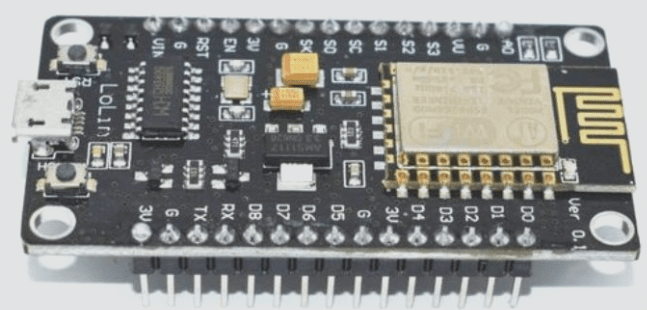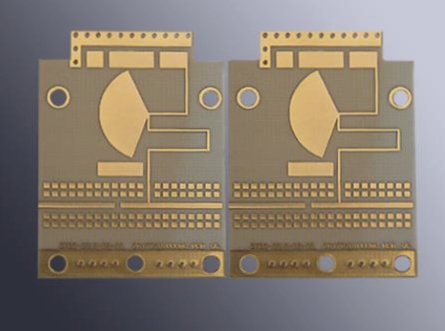Factors Affecting Electromagnetic Compatibility (EMC)
- Voltage: Higher supply voltage leads to increased emissions, while lower supply voltage affects sensitivity.
- Frequency: Higher frequencies and periodic signals contribute significantly to emissions.
- Grounding: Improper grounding is a primary cause of EMC issues. Proper layout of ground wires is crucial.
- PCB Board Design: Correct PCB routing is essential in minimizing EMI.
- Power Supply Decoupling: Attenuation and filtering are necessary to address transient currents during device switching.
Electromagnetic Compatibility Design of Printed Circuit Boards (PCB)
The quality of PCB design plays a critical role in the electromagnetic compatibility of single-chip microcomputer systems. Adhering to proper design methodologies and interference resistance requirements is essential for optimal performance.
Electromagnetic Compatibility Design of Input/Output
Effective design measures for input/output in single-chip microcomputer systems include implementing suppression circuits and electromagnetic shielding to mitigate interference.
Design of MCU Reset Circuit
The watchdog system is crucial for error correction in single-chip microcomputer operation. Different reset systems, including external reset and on-chip reset, play key roles in ensuring system reliability.
Oscillator
Minimizing lead lengths for external components and grounding crystal casings are important considerations for oscillator circuits in microcontrollers.
Lightning Protection Measures
Robust lightning protection, using devices like gas discharge tubes and TVS diodes, is essential for outdoor use or external power and signal lines.
Software Processing Method for Interference Measures

Impact of Electromagnetic Interference on PCB Systems
Electromagnetic interference poses a significant threat to CPU-processed units, especially in environments with harsh electromagnetic conditions. RAM, vulnerable to bistable storage disruption, may experience data flipping and transmission timing alterations, leading to potential data corruption and system reliability issues. Effective software design is essential to bolster system resilience against interference.
Program Behavior in the Presence of Electromagnetic Interference
Electromagnetic interference can trigger program runaway, induce infinite loops, and cause abnormal program behavior, resulting in unpredictable code execution and potential data corruption. Implementing robust reset systems and well-structured software frameworks can help mitigate these issues and maintain system stability.
Ensuring Data Integrity through Error Detection and Correction
Implementing error detection and correction mechanisms is crucial for preventing data corruption caused by interference. By incorporating redundancy codes during data writing and utilizing error detection algorithms during data reading, systems can automatically rectify single-bit errors and flag two-bit errors, ensuring data integrity and system reliability.
Importance of RAM and FLASH (ROM) Testing
Regular testing of RAM and FLASH (ROM) during programming is essential for promptly identifying errors, allowing for timely corrections or user notifications. Introducing program redundancy, such as NOP instructions, and integrating flags and state detection during program execution can further improve error detection and correction capabilities on PCB boards.


